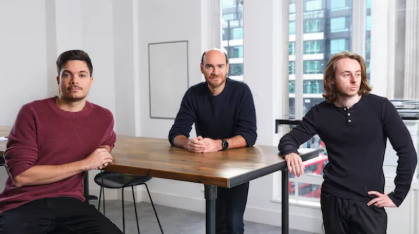Daniel M. Wall fought the law, and Daniel M. Wall won. A litigation partner at the giant law firm Latham & Watkins, Wall was Oracle’s (ORCL ) lead lawyer in last summer’s antitrust fight with the Justice Dept. By now, most tech watchers know the story by heart.
The trustbusters tried to stop Oracle’s hostile takeover of rival software maker PeopleSoft on grounds that combining the companies would be anticompetitive and cause prices for high-end business software to increase.
Oracle was the rare company that didn’t turn tail and run when the feds weighed in. In a month-long trial before Judge Vaughn Walker in U.S. District Court in San Francisco, Wall dissected Justice’s case, and ultimately won. Last month, Oracle closed the deal for PeopleSoft and ended an 18-month takeover battle that cost the Silicon Valley software giant, by some estimates, more than $100 million in legal fees. BusinessWeek Online Technology Editor Jim Kerstetter, who covered the trial, recently caught up with Wall. Following are edited excerpts of that discussion:
Q: How many people did you have working for you on the Oracle case?
A: Depends on how you want to count. The core team, mostly based here in San Francisco, was about 35 lawyers and paralegals at the height of it, which is a huge team…. The total number of people who were involved at one time or another was probably two or three times that. But a lot of those people were for maybe just a few hours, maybe to serve a subpoena on someone or help out with some documents.
Q: Speaking of subpoenas, you certainly shook up people in the software industry with some of the documents you were asking for.
A: It’s a dynamic of a case like this that the parties who have the documents you need aren’t parties to the litigation…. Here you had quite a few companies that were in the role of suppliers of software, potential competitors that you had to analyze, the system integrators, and the sort of advisers and middlemen in the business who have a knowledge in the industry.
And then you had, of course, the customers. And the government was from Day One clearly going to make customer testimony the heart and soul of its case and had identified customers who would have favorable testimony, so we had no choice but to run out and try to get the source materials for whatever the truth is.
You obviously can’t put yourself in the position of just taking these people’s word for it. They have a variety of interests in this, the most common one was they had millions of dollars invested in PeopleSoft software that they were worried about. So you have to do that, and you’re right: It ruffled a lot of feathers out there.




